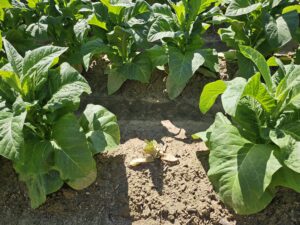
Thrips Flight and TSWV Risk Assessment Report – May 22, 2025
To help growers determine the potential of management practices for TSWV, we have created step-by-step guides on how to …



El inglés es el idioma de control de esta página. En la medida en que haya algún conflicto entre la traducción al inglés y la traducción, el inglés prevalece.
Al hacer clic en el enlace de traducción se activa un servicio de traducción gratuito para convertir la página al español. Al igual que con cualquier traducción por Internet, la conversión no es sensible al contexto y puede que no traduzca el texto en su significado original. NC State Extension no garantiza la exactitud del texto traducido. Por favor, tenga en cuenta que algunas aplicaciones y/o servicios pueden no funcionar como se espera cuando se traducen.
Inglês é o idioma de controle desta página. Na medida que haja algum conflito entre o texto original em Inglês e a tradução, o Inglês prevalece.
Ao clicar no link de tradução, um serviço gratuito de tradução será ativado para converter a página para o Português. Como em qualquer tradução pela internet, a conversão não é sensivel ao contexto e pode não ocorrer a tradução para o significado orginal. O serviço de Extensão da Carolina do Norte (NC State Extension) não garante a exatidão do texto traduzido. Por favor, observe que algumas funções ou serviços podem não funcionar como esperado após a tradução.
English is the controlling language of this page. To the extent there is any conflict between the English text and the translation, English controls.
Clicking on the translation link activates a free translation service to convert the page to Spanish. As with any Internet translation, the conversion is not context-sensitive and may not translate the text to its original meaning. NC State Extension does not guarantee the accuracy of the translated text. Please note that some applications and/or services may not function as expected when translated.
Collapse ▲
To help growers determine the potential of management practices for TSWV, we have created step-by-step guides on how to …
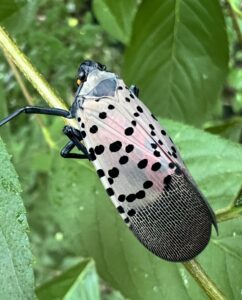
Rockingham County just got an unwelcome new resident — spotted lanternfly (SLF). This isn’t just any insect; it’s an …
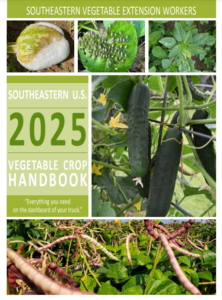
The Southeastern Vegetable Extension Workers Group has just released the 26th edition of the Southeastern U.S. Vegetable Crop Handbook. …
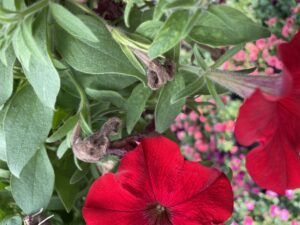
Ornamental Extension Specialists and Area Agents are gauging growers’ interest in an education conference in North Carolina. The conference would …
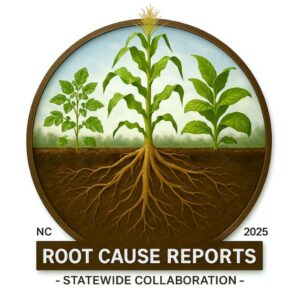
Root Cause Reports Turning Local Problems into Statewide Solutions Beans Gone Wild began as a tool to capture and share real-time …

To help growers determine the potential of management practices for TSWV, we have created step-by-step guides on how to …

To help growers determine the potential of management practices for TSWV, we have created step-by-step guides on how to …
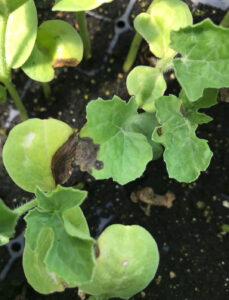
In the past couple of weeks we have seen a few cases of watermelon seedlings infected with gummy stem …

We want to inform you that the Tobacco Thrips Flight and TSWV Intensity Predictor tool is currently experiencing technical …
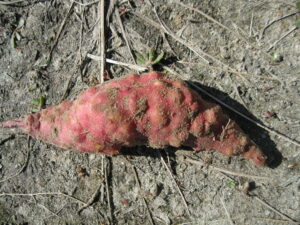
Root-knot nematodes (RKN; Meloidogyne spp.) are microscopic, soilborne roundworms that feed on plant roots. In sweetpotato, they cause galls, …
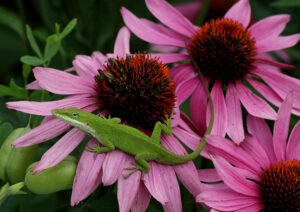
Spring tours of North Carolina Cooperative Extension’s Pollinator Paradise Demonstration Garden in Pittsboro start on May 10! The garden features over 225 …
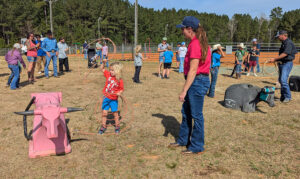
The 5th Annual Chatham County Spring Ag Fest on March 29, 2025, was a success with a great crowd and beautiful …
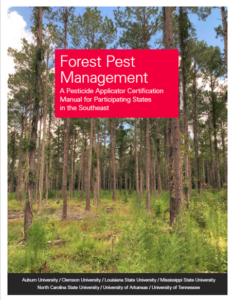
The Pesticide Safety Education Program at NC State University is offering an online exam preparation course for those seeking …
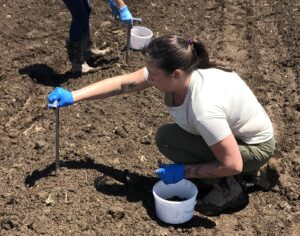
The North Carolina Department of Agriculture and Consumer Services (NCDA & CS) is offering free services for counties affected …

The 2025 Southeastern Vegetable Crop Handbook can be purchased through UNC Press , Amazon, OR in open access format here. Unfortunately, …

Folks of all ages delight in finding praying mantids in the garden. These charismatic predators are large and easy …
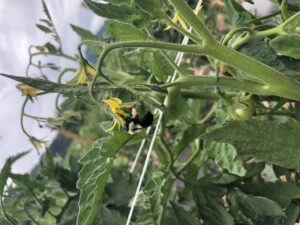
The fungicide spray guides for tomato and pepper are intended for commercial growers and are suggested products or programs …
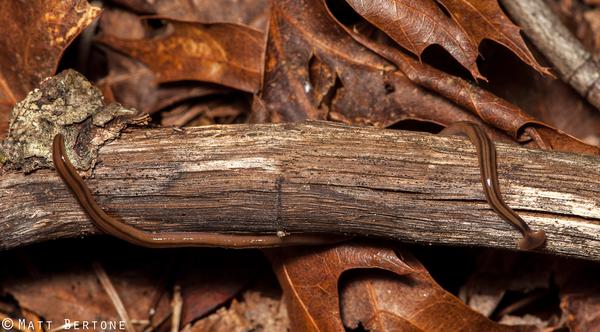
This factsheet offers information on the identification and management of various flatworms that may be …

This article will cover two important scale insect pests of blueberries in North Carolina, terrapin …
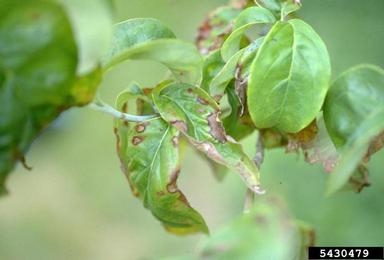
This fact sheet compiles common disease of dogwood trees (Cornaceae) in North Carolina. It contains …
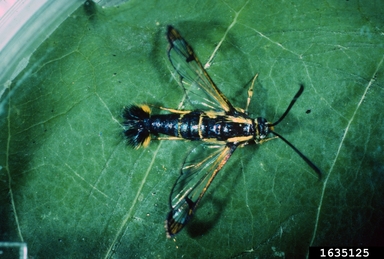
This fact sheet compiles common arthropod pests of dogwood trees (Cornaceae) in North Carolina. It …
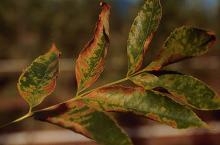
This factsheet describes several diseases that impact the health of ash trees.
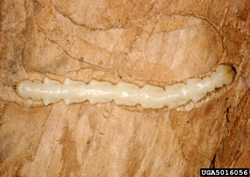
This factsheet provides descriptions of several pests of Ash trees in North Carolina. It describes …

This factsheet provides brief descriptions of common disease pests of maple (Acer spp.) in North …

This factsheet provides brief descriptions of common disease pests of oak (Quercus spp.) in North …